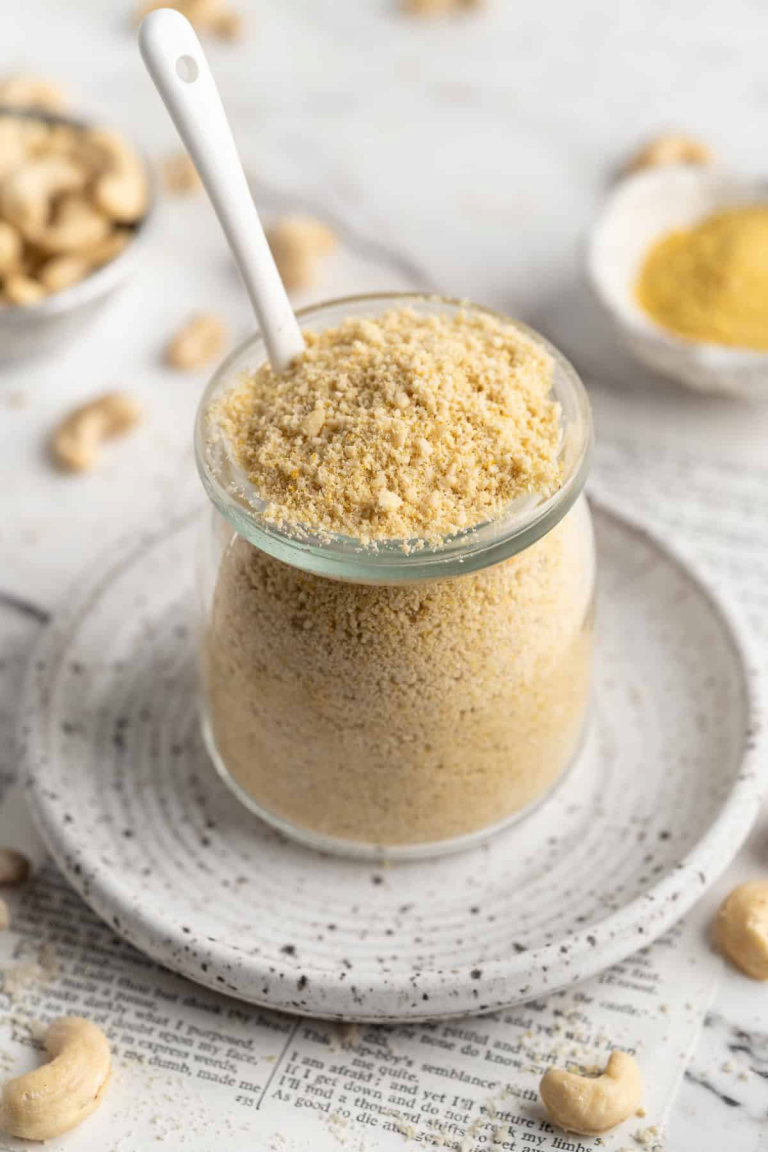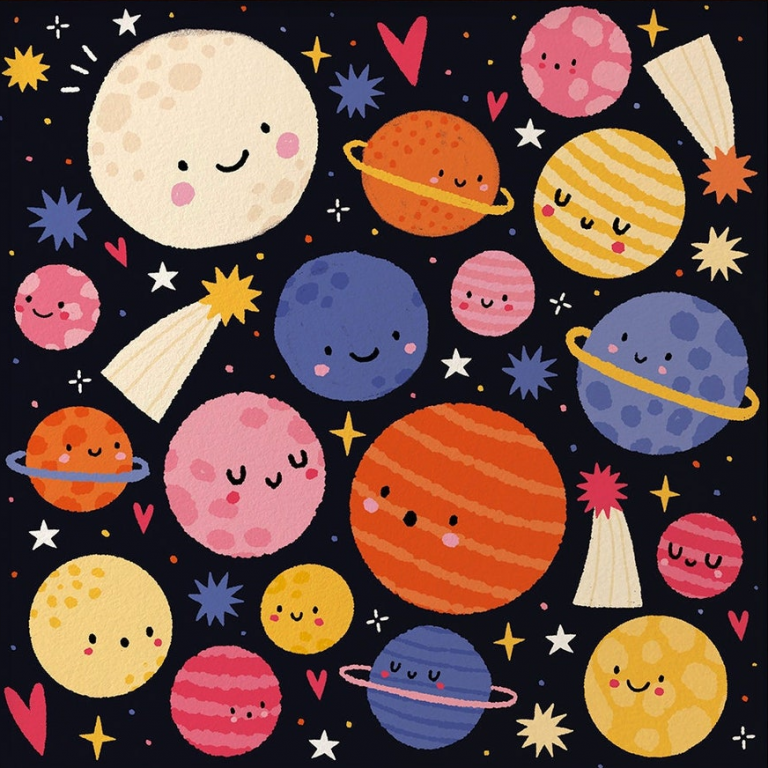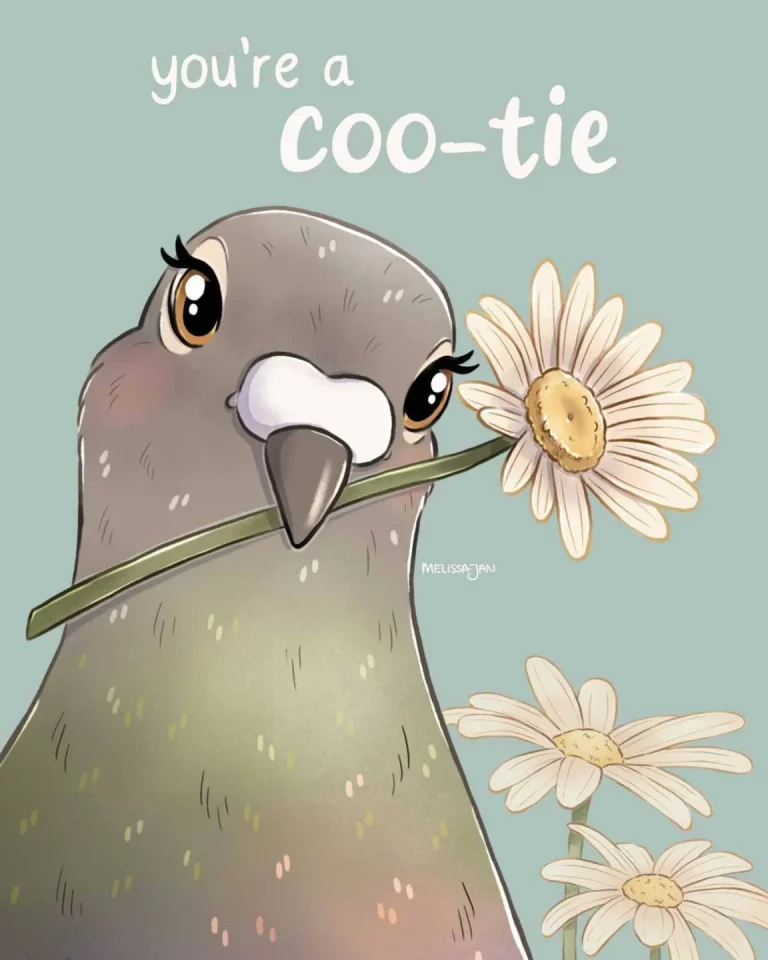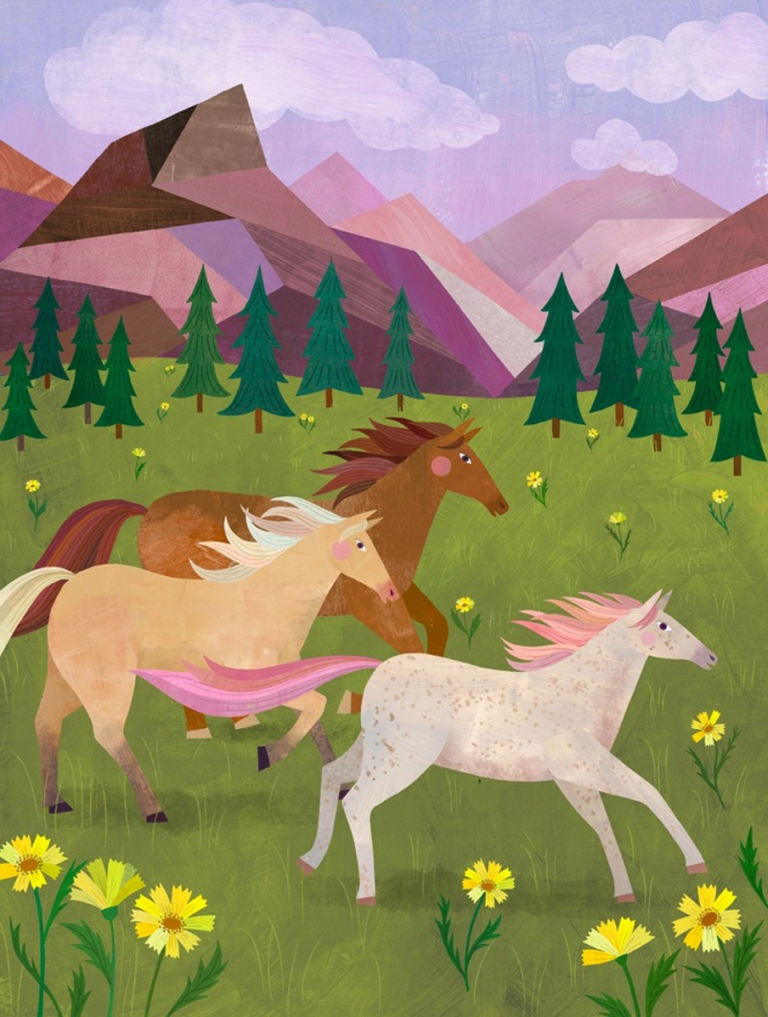
You’ve likely heard of the Great Barrier Reef in Australia (the world’s largest). But what are coral reefs, why are they important, and why are then in danger?
Coral reefs support a third of marine life on our planet, a bit like ‘underwater rainforests’ Even England has unique reef sites (home to mysterious seahorses)). Protecting them keeps ocean life healthy, but they are at risk from human actions like plastic and oil pollution, and shifts in temperature, due to climate change.
Understand What Coral Reefs Are
Coral reefs are simply underwater structures, built by tiny animals called coral polyps. These group together and form a hard skeleton made from calcium carbonate (kind of similar to limestone).
These reefs then form important habitats for fish, invertebrates and plants underwater. These then support the natural food chains and even coastal defences. Coral reefs don’t just make for ‘pretty underwater scenery’, they are living systems, and sensitive to change from what is going on above water.
What is Damaging Coral Reefs?
As with everything – humans. From overfishing to careless boating and oil/plastic pollution. Just like farm chemical run-off pollutes our rivers, run-off from beauty, cleaning and laundry products can poison and kill marine wildlife, if it ends up in the sea.
Read our posts on:
- Organic gardening and organic farming
- Sustainable sailing
- Biodegradable beauty
- Biodegradable cleaning
- Biodegradable laundry
- Microplastic catchers (for laundry)
Climate change is also causing sea temperatures to rise, and this leads to coral bleaching. When coral loses its colour, it becomes weak. Just like if someone bleached you, a coral that has been bleached is not far off death, and when it dies, it ceases to provide shelter for fish and marine species (plants and animals).
Spotlight: The Great Barrier Reef
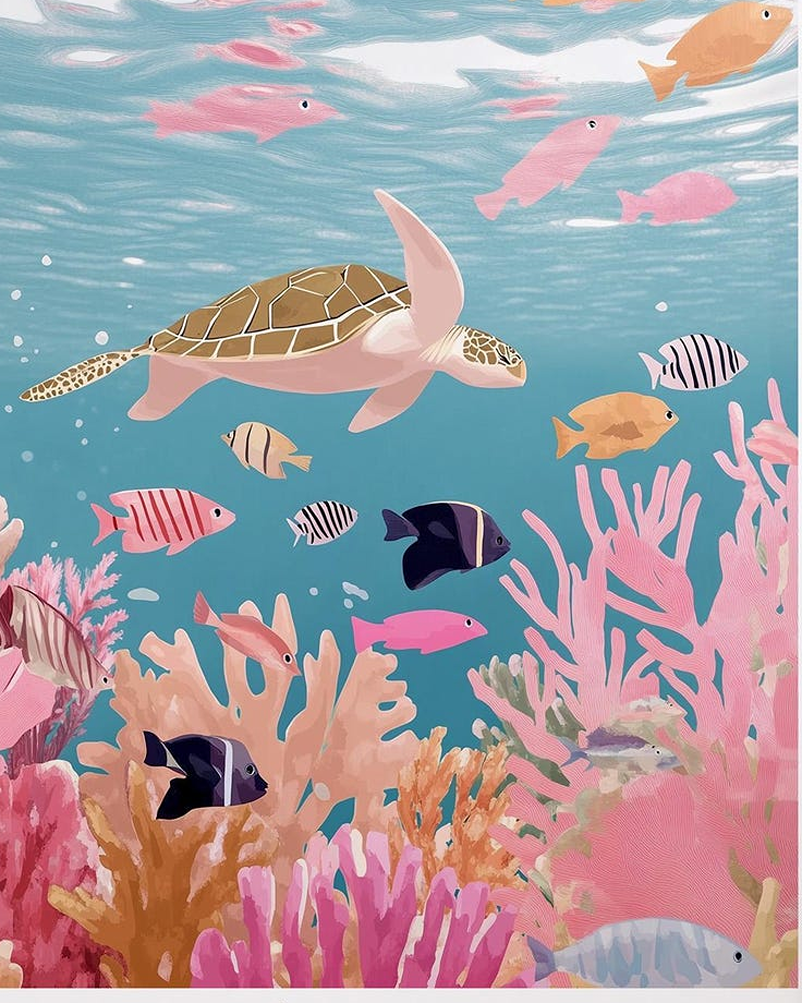
The Great Barrier Reef, stretching over 2,300 kilometres off Australia’s coast, remains the largest reef system on Earth. It holds thousands of species, from corals and fish to turtles and sharks. Yet the reef is in trouble from mass bleaching, pollution, shipping, and fishing.
Although coral reefs cover less than 1% of the ocean floor, a quarter of all ocean species live in them. The Great Barrier Reef (off Queenland’s coast) is home to almost 3000 reefs and 900 islands, over 1600 species of fish, most of the world’s species of sea turtles and threatened species like dugongs (similar to manatees).
Scientists and conservation groups work to limit these impacts. Efforts include reef restoration, strict fishing rules, and better water management. The ongoing fight to protect the Great Barrier Reef highlights the urgent need for action across all coral habitats.
Many areas of Australia’s Great Barrier Reef are already suffering extensive coral bleaching. This is due to climate change, made worse by the government allowing offshore drilling for oil and gas, which will just make the issue worse. Australian Green Party is calling for an urgent hall to drilling and more action taken.
Marine wildlife is washing up dead by the thousands. Coral bleaching is the canary in the coal mine for global warming. Yet at this time of historic climate breakdown, the government extends the biggest dirtiest fossil fuel project for another 50 years. It’s criminal. Green Senator Peter Whish-Whilson
Paul Gamblin (head of the Australian Marine Conservation Society) says that his country’s coral reefs are now like ‘a raging underwater bushfire). One tourist says ‘it was like snorkelling on a corpse, so grey and lifeless. You can sometimes hear fish munching on the coral – there was nothing’.
Every small shift in how we travel, what we buy, and the energy we use matters. Supporting clean energy, public transport, or diet changes lowers the strain on coral reefs globally. The closer society gets to cutting emissions, the better corals do.
Choose Reef-Friendly Sun Protection
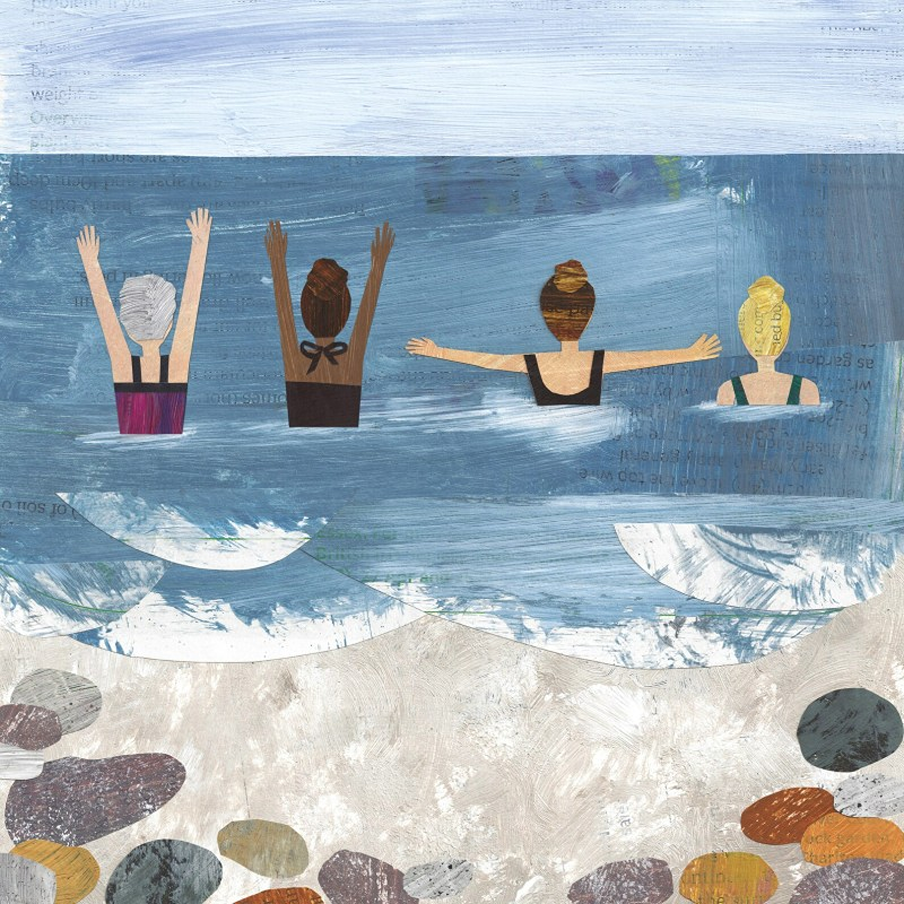
Switch to reef-safe sunscreens (many regular ones contain chemicals oxybenzone and octinoxate, which can harm coral even in tiny amounts).
Never use human sunscreen on pets. And always wash off before letting pets kiss you, as most contain pet-toxic zinc oxide.
In regions such as Hawaii and Palau, bans now restrict harmful sunscreens. Choosing the right products when visiting beaches or snorkelling spots makes a real difference. Even at home in England, using the right sunscreen helps when swimming in open water or rivers that flow toward the sea.
Many conventional sunscreen ingredients are harmful to coral reefs, with around 14,000 tons finding their way into oceans each year, as they wash off from swimmers’ bodies. And down drains and into the sea, when showered off.
A bit like the word ‘organic’. don’t necessarily believe words like ‘reef-friendly’ or ‘reef-safe’. There are few government regulations at present. So basically avoid any sunscreen that contains oxybenzone or octinoxate.
The Hawaii Reef Bill bans the sale of all sunscreens containing one or both of these ingredients, has this been done in the UK? Surprisingly, not yet. Although some retailers (like Holland and Barratt) have voluntarily banned sunscreens containing them.
EWG (Environmental Working Group) has an up-to-date list of personal care products to avoid that contain oxybenzone and octinoxate.
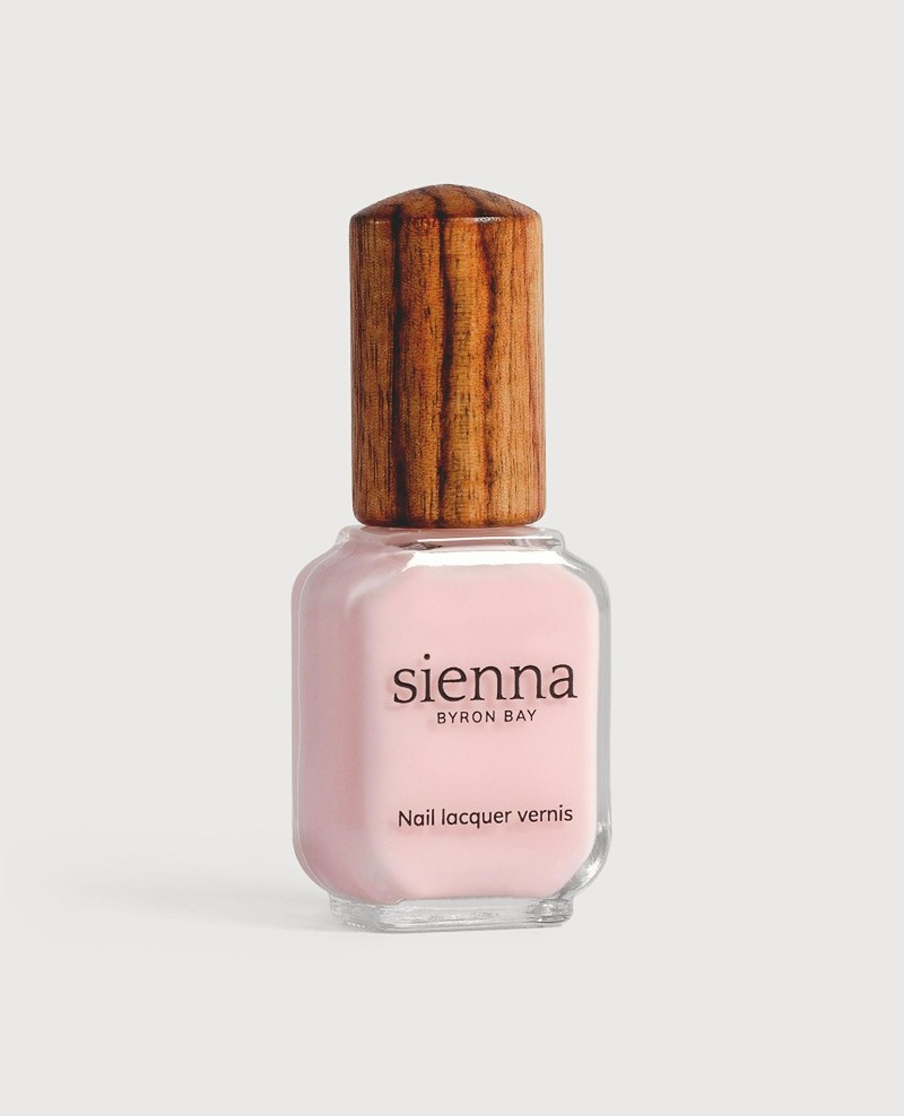
This is a US organisation and thankfully many of the brands are not sold in England. But looking at the lists, it seems that the other three ‘chemical items’ to avoid are nail polish, cosmetics and lip balms. So read our posts on:
Canyons Marine Conservation Zone
Not all reefs are tropical. Off the coast of Devon, the Canyons Marine Conservation Zone offers a British example of deep-sea coral habitats. These hidden reefs host cold-water corals, sponges, and unique marine life. Cold water coral reefs are also found in Scotland.
Recognising such lesser-known sites raises awareness at home and demonstrates the richness of English waters. The Canyons Conservation Zone protects fragile species through rules that limit harmful fishing and seabed disturbance.
Discover the Cromer Shoal Chalk Beds
Near Norfolk, the Cromer Shoal Chalk Beds stretch along the coast and create another English reef habitat. These chalk beds support rare sponges, anemones, and small fish. Compared to tropical reefs, English sites grow more slowly and are easy to damage.
Thought to be the longest chalk reef in the world, it’s home to an amazing array of plants and animals. One is the recently named Parpal Dumplin’, which was discovered in the reef in 2011. This rare purple sea sponge got its name after a competition, the winner being a 9-year old who used a Norfolk accent to name it because ‘the sponge is purple and it looks like a dumpling!’
Sponges are living creatures, so never buy ‘sea sponges’ in chemists, as they are cut away with knives by divers. Leave them be!

Conservation zones in places like Cromer help collect data, reduce litter, and encourage responsible tourism. Local groups often invite volunteers to join surveys or beach cleans to keep these special habitats safe.


